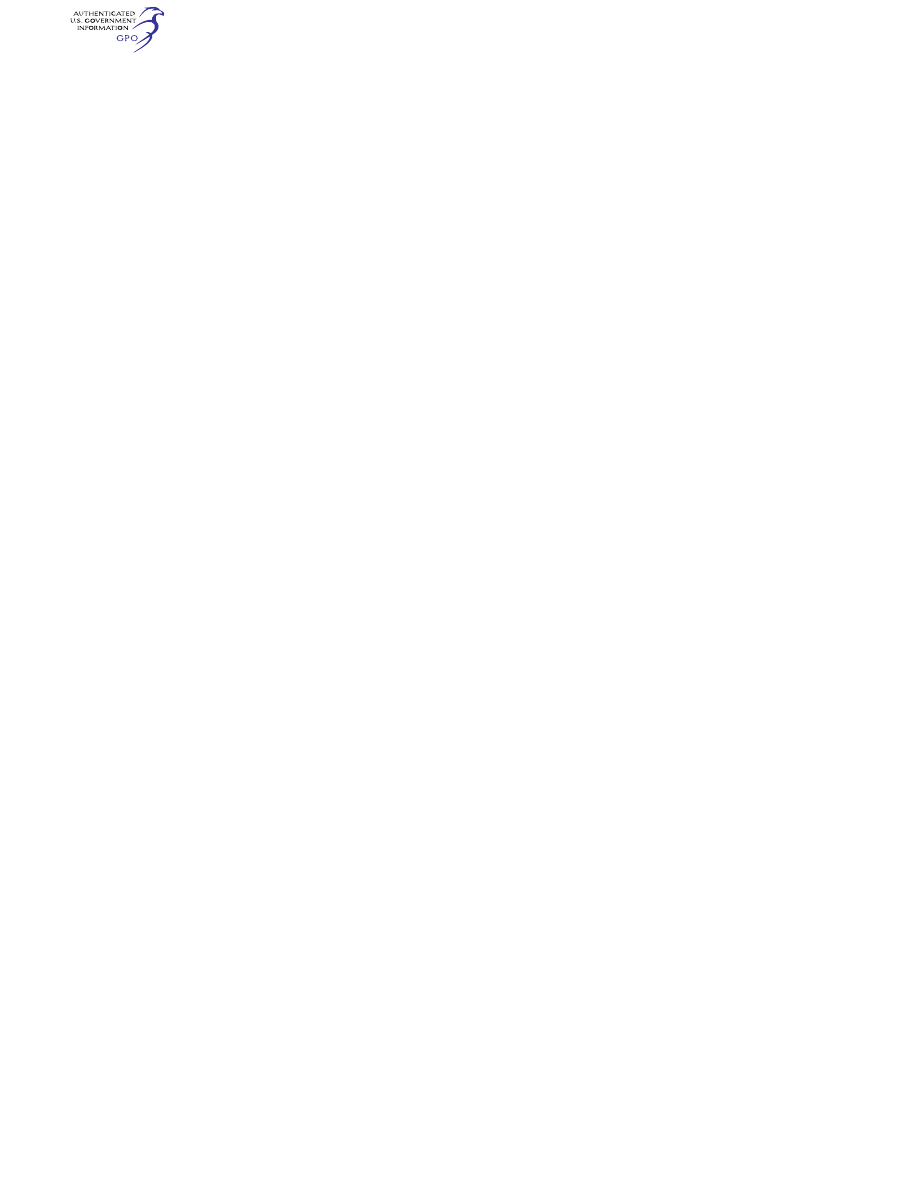
761
Federal Aviation Administration, DOT
§ 35.34
by the declared environmental condi-
tions, including temperature, electro-
magnetic interference (EMI), high in-
tensity radiated fields (HIRF) and
lightning. The environmental limits to
which the system has been satisfac-
torily validated must be documented in
the appropriate propeller manuals.
(3) A method is provided to indicate
that an operating mode change has oc-
curred if flight crew action is required.
In such an event, operating instruc-
tions must be provided in the appro-
priate manuals.
(b) The propeller control system
must be designed and constructed so
that, in addition to compliance with
§ 35.15:
(1) No single failure or malfunction of
electrical or electronic components in
the control system results in a haz-
ardous propeller effect.
(2) Failures or malfunctions directly
affecting the propeller control system
in a typical airplane, such as struc-
tural failures of attachments to the
control, fire, or overheat, do not lead
to a hazardous propeller effect.
(3) The loss of normal propeller pitch
control does not cause a hazardous pro-
peller effect under the intended oper-
ating conditions.
(4) The failure or corruption of data
or signals shared across propellers does
not cause a hazardous propeller effect.
(c) Electronic propeller control sys-
tem imbedded software must be de-
signed and implemented by a method
approved by the Administrator that is
consistent with the criticality of the
performed functions and that mini-
mizes the existence of software errors.
(d) The propeller control system
must be designed and constructed so
that the failure or corruption of air-
plane-supplied data does not result in
hazardous propeller effects.
(e) The propeller control system
must be designed and constructed so
that the loss, interruption or abnormal
characteristic of airplane-supplied
electrical power does not result in haz-
ardous propeller effects. The power
quality requirements must be described
in the appropriate manuals.
[Amdt. 35–8, 73 FR 63347, Oct. 24, 2008]
§ 35.24
Strength.
The maximum stresses developed in
the propeller may not exceed values ac-
ceptable to the Administrator consid-
ering the particular form of construc-
tion and the most severe operating
conditions.
[Amdt. 35–8, 73 FR 63348, Oct. 24, 2008]
Subpart C—Tests and Inspections
§ 35.31
[Reserved]
§ 35.33
General.
(a) Each applicant must furnish test
article(s) and suitable testing facili-
ties, including equipment and com-
petent personnel, and conduct the re-
quired tests in accordance with part 21
of this chapter.
(b) All automatic controls and safety
systems must be in operation unless it
is accepted by the Administrator as
impossible or not required because of
the nature of the test. If needed for
substantiation, the applicant may test
a different propeller configuration if
this does not constitute a less severe
test.
(c) Any systems or components that
cannot be adequately substantiated by
the applicant to the requirements of
this part are required to undergo addi-
tional tests or analysis to demonstrate
that the systems or components are
able to perform their intended func-
tions in all declared environmental and
operating conditions.
[Amdt. 35–8, 73 FR 63348, Oct. 24, 2008]
§ 35.34
Inspections, adjustments and
repairs.
(a) Before and after conducting the
tests prescribed in this part, the test
article must be subjected to an inspec-
tion, and a record must be made of all
the relevant parameters, calibrations
and settings.
(b) During all tests, only servicing
and minor repairs are permitted. If
major repairs or part replacement is
required, the Administrator must ap-
prove the repair or part replacement
VerDate Sep<11>2014
09:06 Jun 28, 2024
Jkt 262046
PO 00000
Frm 00771
Fmt 8010
Sfmt 8010
Y:\SGML\262046.XXX
262046
jspears on DSK121TN23PROD with CFR